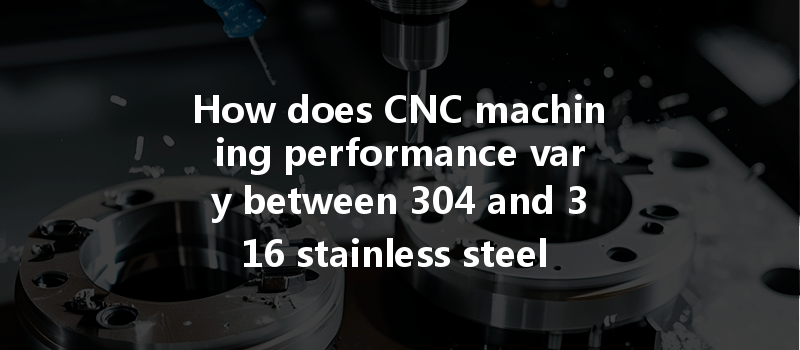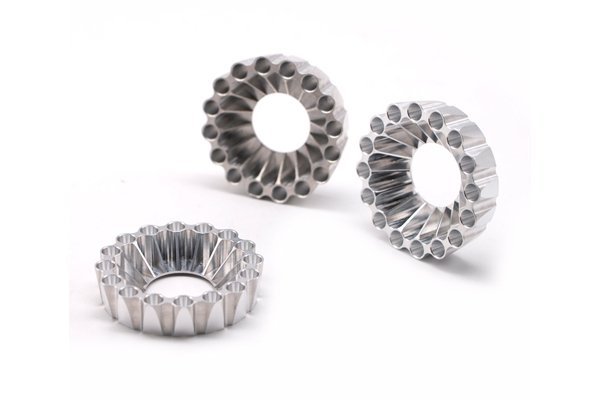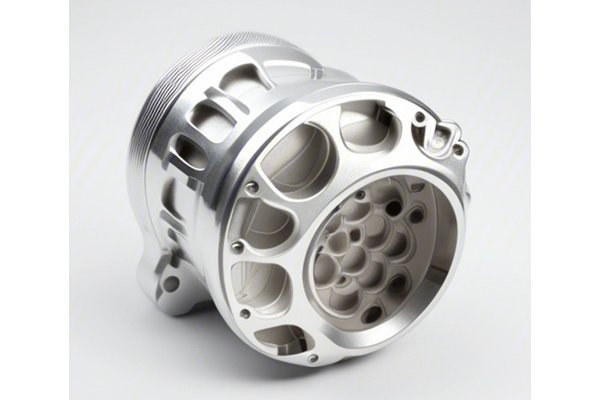Did You Know? According to a report from the International Stainless Steel Forum, stainless steel is used in over 70% of modern manufacturing processes, showcasing its crucial role in diverse industrial applications—from kitchen appliances to aerospace components. Among the various grades of stainless steel, 304 and 316 are two of the most commonly utilized types, especially in CNC machining. However, the basic differences in their chemical compositions lead to vastly different corrosion resistance properties which can significantly impact functional performance.
When choosing stainless steel for CNC machining applications, understanding these differences isn’t just nerdy trivia; it directly affects your product’s integrity, longevity, and overall performance. So, how do the corrosion resistance properties of 304 and 316 stainless steel compare? And why does this matter for CNC production? Let’s dive deep into this topic, breaking it down so manufacturers can make informed decisions.
Understanding Stainless Steel Compositions
Stainless Steel 304
304 stainless steel is often referred to as the “workhorse” of stainless steel grades. It contains approximately 18% chromium and 8% nickel, providing a good balance of corrosion resistance, strength, and workability. Often used in everyday applications, 304 is found in kitchen equipment, food storage, and architectural trim, among others. Its resistance to oxidation and corrosion in many environments makes it an excellent choice for various projects.
Corrosion Properties of 304
While 304 stainless steel has decent corrosion resistance, especially in environments with high humidity or exposure to organic and inorganic chemicals, it’s not impervious. It can suffer from pitting corrosion in chloride environments, making it less ideal for marine applications or industrial settings near saltwater.
Stainless Steel 316
316 stainless steel, known as the “marine grade” steel, is an extension of 304 with the addition of molybdenum (usually around 2-3%), enhancing its resistance to pitting and crevice corrosion. The composition consists of about 16% chromium, 10% nickel, and 2% molybdenum, making it suitable for harsher environments — particularly those exposed to chlorides and other aggressive chemicals.
Corrosion Properties of 316
Thanks to its molybdenum content, 316 stainless steel provides superior protection against corrosion, especially in chloride environments. This makes it the preferred choice for marine applications, chemical processing, and components in harsh industrial applications.
Factors Influencing Corrosion Resistance
When comparing the corrosion resistance of 304 and 316 stainless steel, several factors must be taken into account:
Case Studies: Practical Tests on Corrosion Resistance

Test Setup
To better inform our understanding, various practical tests were conducted on both 304 and 316 stainless steel samples. This included exposure to different corrosive environments such as:
Observations
Cost vs. Performance Trade-off
While 316 stainless steel boasts better corrosion resistance, it is generally more expensive than 304, potentially impacting cost-sensitive projects. When deciding which material to use, consider:
Understanding the differences between 304 and 316 stainless steel and their respective corrosion resistance properties is crucial for manufacturers making decisions related to CNC machining. With factors such as environmental conditions, mechanical stress, and manufacturing costs in play, the choice between these two materials can significantly influence the durability and performance of parts in application.
Ultimately, investing the time and resources to analyze the requirements of your particular application will lead to better, more reliable outcomes. Although 304 stainless steel can suffice in many situations, the enhanced corrosion resistance of 316 can often prove invaluable in meeting strict standards and ensuring the longevity of products.
Why Is This Important?
This blog not only sheds light on an often-overlooked aspect of material selection but also equips engineers and decision-makers with the critical knowledge necessary to navigate the choices effectively in metal machining processes. By paying attention to these distinctions, companies can save money, safeguard quality, and enhance the longevity of their products. The next time you’re faced with the choice of stainless steel in CNC machining, remember this guide and weigh your options accordingly for a successful project outcome.
—






